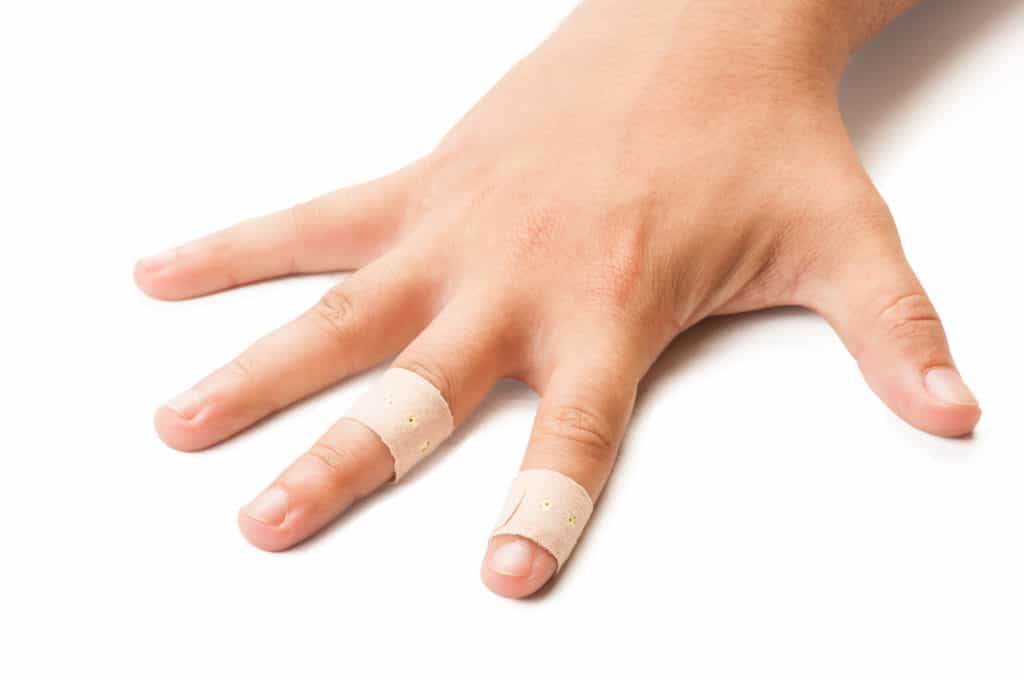
Have you ever seen a golfer playing with a grip wrapped around their fingers?
Golfers tend to pay very close attention to the things other golfers are doing to decide if it could be an advantage to their game.
One of those things is taping fingers.
If you are wondering if taping your fingers could help you play some better golf, here is everything you need to know.
Why Do Golfers Tape Their Fingers?
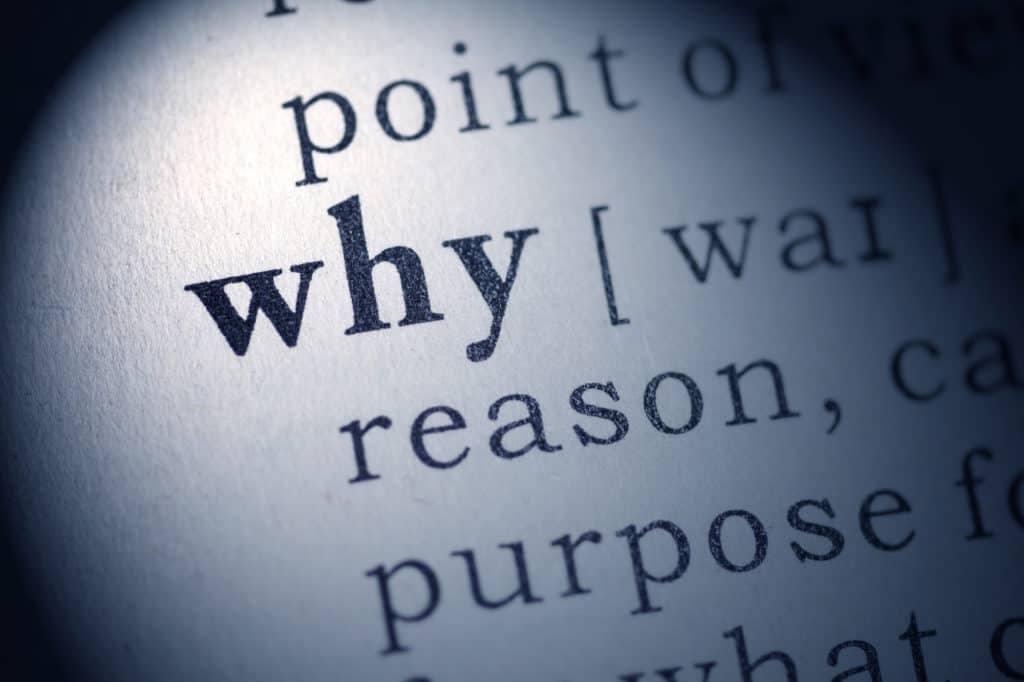
Golfers tape their fingers to prevent themselves from getting blisters.
When you play a lot of golf, you risk the chance of getting blisters on your hands.
Sometimes the blisters can be created from skin-to-skin contact between your fingers.
Other times, the blisters happen when there is friction between the grip and the fingers of the person holding the club.
If you are experiencing trouble with your grip and feel as though you need some help in preventing blisters, tape can be a great idea.
Not all medical tape is created equal.
Some types are thick and made for people with larger hands that may need more protection.
Some other types of tape are very thin, and you will barely notice you have it on.
The tape should ideally be used before a golfer gets a blister.
When you first feel any signs of irritation, this is the time to put the tape on.
If you let the blister develop first, it may be painful to put the tape on and take it off.
Some golfers who have been around the game a while will find that they know exactly where a blister could potentially develop on their skin.
They will make sure they protect this spot before each practice session on the range.
If you are new to the game of golf, it is a good idea to start thinking about protecting your hands in some way.
Chances are, as a new player, you will get a blister, and it will happen quite fast.
Why Do My Golf Grips Give Me Blisters?
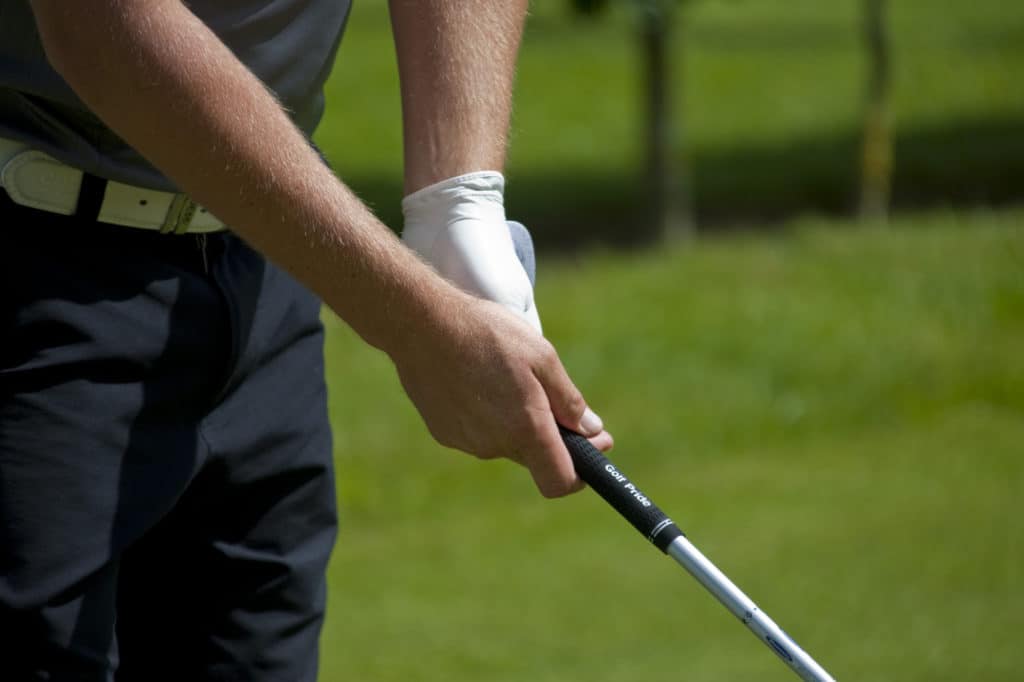
Golf grips give you blisters for a few different reasons.
Sometimes this is something you can’t prevent, and other times, you will have no trouble preventing a blister if you follow the proper steps.
Here are a few things to look out for when you notice blisters developing on your hands.
1. Grip Pressure
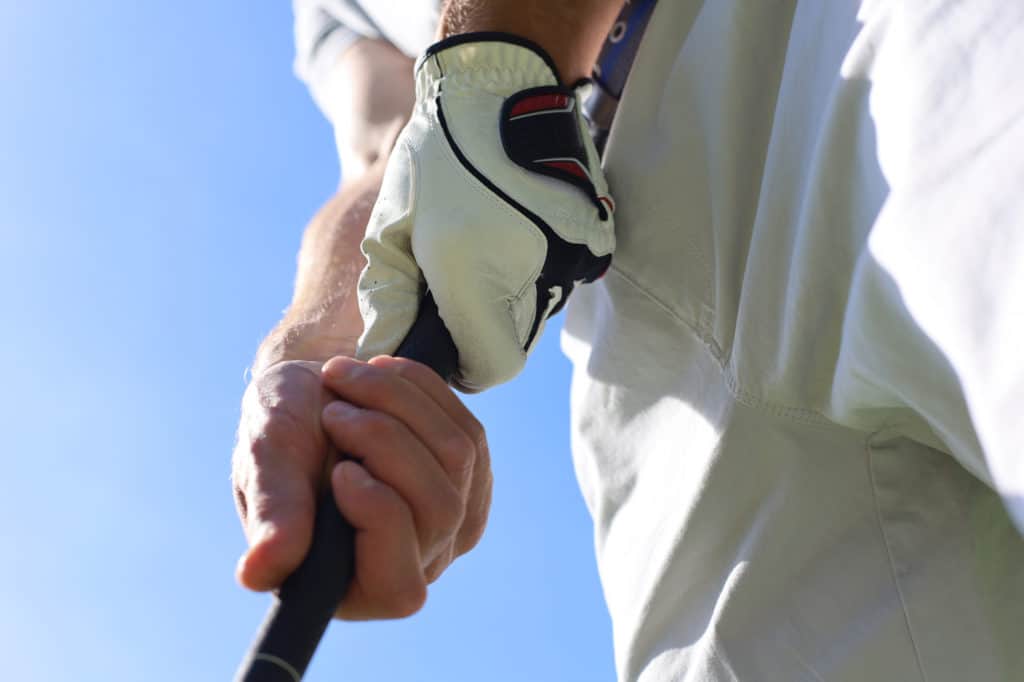
One of the number one reasons a golfer can develop blisters is they are gripping the club too tight.
Gripping the golf club tight does nothing positive for your golf game.
When you grip the club tight, you will end up losing distance, and your swing will become much more rigid.
Hold the golf club lightly to make sure you can release the golf club.
This will also give you the chance to get more club head speed and a much lower chance of letting go of the club when you swing through.
Next time you notice you are getting blisters on your hands because you grip the club too tight, take this as a lesson to lighten up on the club.
2. Improper Grip Position
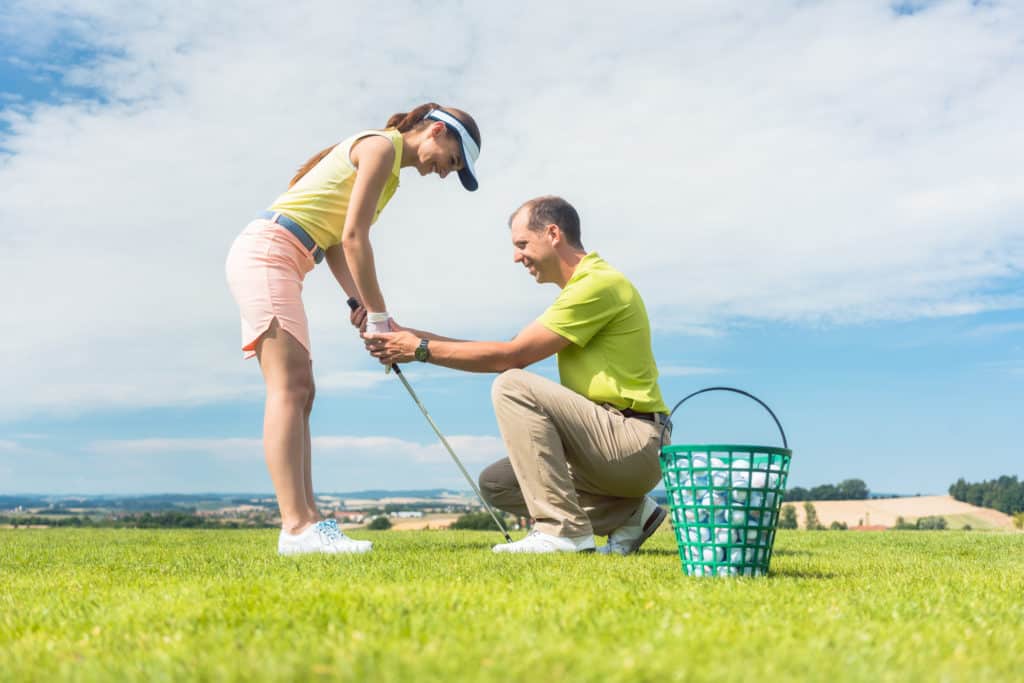
Another problem that will cause golfers to get blisters is if their grip is poor.
You must make sure your hands are in the proper position before you take the club back.
When you do this, you will notice your hands tend to rub on the club much less, and you will naturally get fewer blisters.
Of course, there are some great players with perfect golf grips who still get blisters, but this can be a sign that your hands are in the wrong spot.
When you grip the club, you want to make sure the club is mostly in the fingers of your hand.
With the club in the fingers of your hands, you will also have a much easier time controlling your grip pressure on the club.
3. Poor Golf Grips
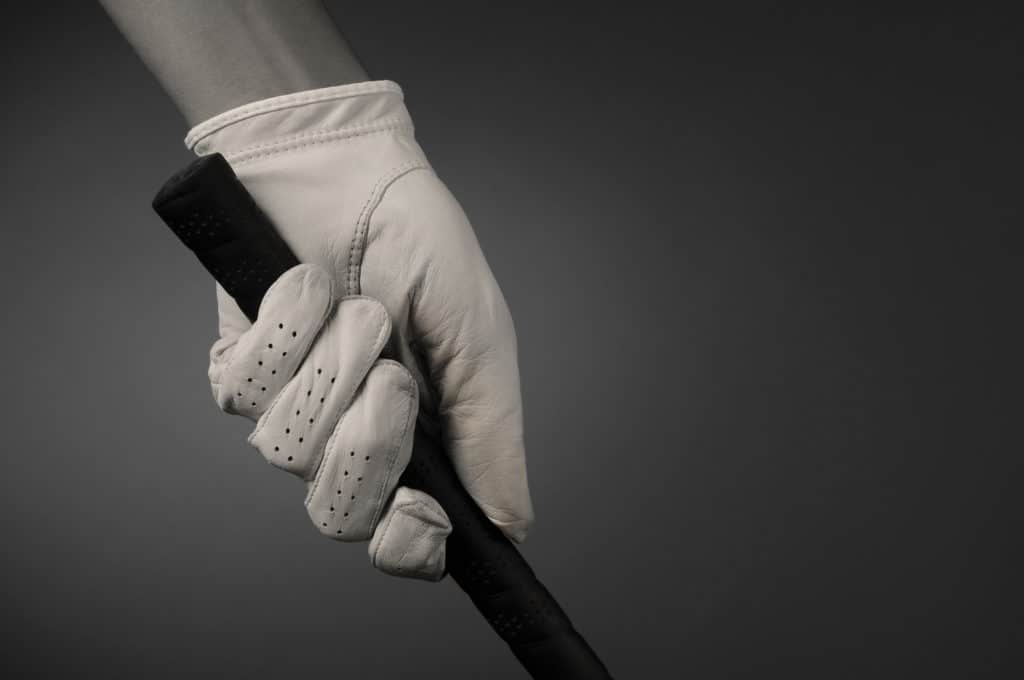
When was the last time you washed or replaced your golf grips?
Most amateur golfers do not replace their golf grips often enough.
If you are playing a fair amount of golf, your grips should be replaced, at the very least, once per year.
Some golf grips are in such bad condition that they can start causing players to get a blister.
If your golf grips start to lose a bit of their tack, you can wash them and see if it changes how tacky they are.
Most of the time, there is oil, sunscreen, and dirt in the grips of your club which can cause them to get very slippery.
This is a problem, and it could start irritating your fingers and hands as well.
At least once a month, do a good scrub of your golf grips to make sure they are clean.
4. Bad Weather Conditions
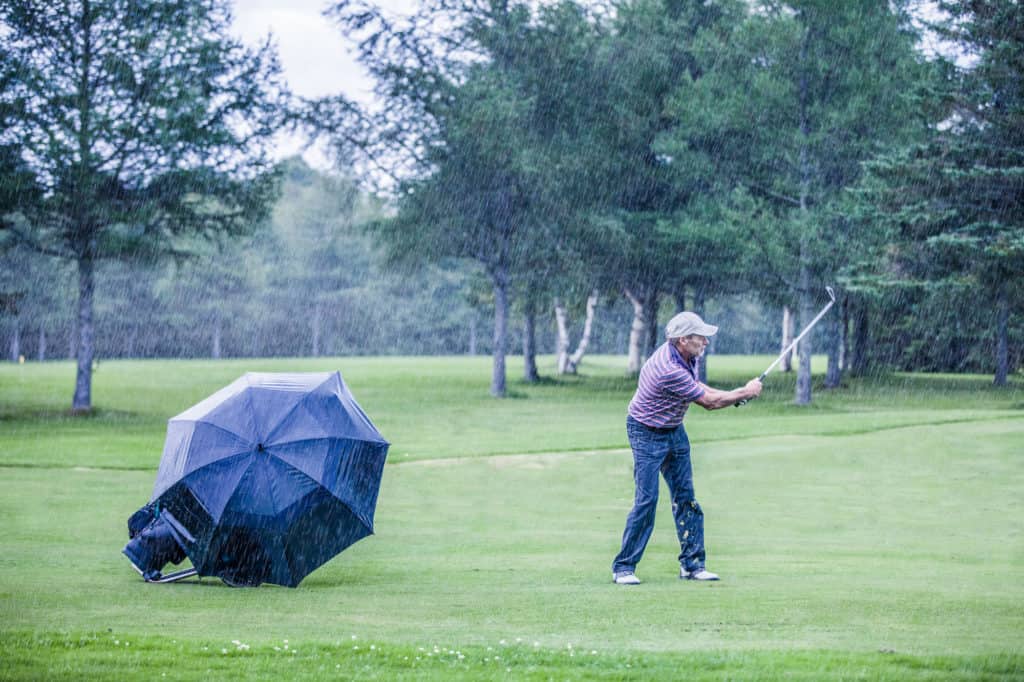
Sometimes a blister will develop because of poor weather conditions.
If your hands are trying to hang on to a wet golf club in humid or rainy conditions, it can cause some skin irritation.
One of the ways to avoid this is to use golf gloves that are built for rainy conditions.
The rain safe golf gloves keep players’ hands protected, and they won’t be rubbing against the wet rubber grips.
Sometimes when your hands are wet, they are softer, and they will lose their ability to keep the blisters away.
What Are the Best Types of Golf Grips?
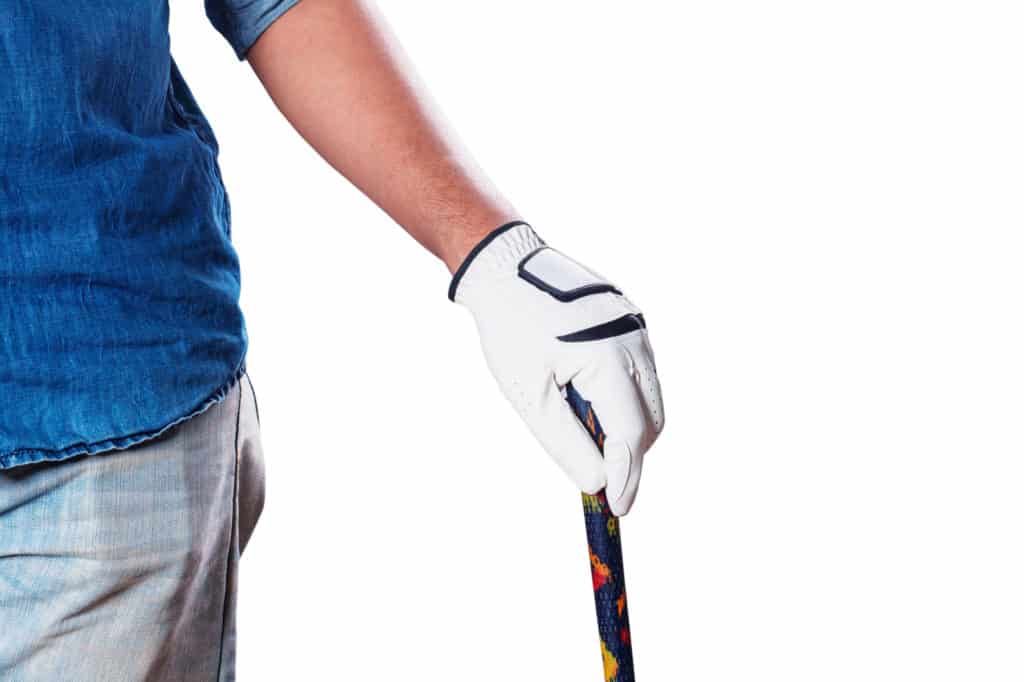
The best types of golf grips are the ones that work well for your golf game.
For most people, this is going to be something very similar to a Golf Pride Tour Velvet.
The Golf Pride grips are very simple, affordable, and have the perfect mix of being soft and tacky at the same time.
A cord grip is a grip which has a string that runs through it.
This string will give the player a bit more grab when they are swinging the golf club.
Players with very fast swing speeds tend to enjoy this because it gives them full control over the golf club.
The problem is, if your hands are not used to this feel, it will start to rip them apart.
You will have to get used to the feel of a cord grip before you can switch to them on all of your clubs.
If you like the performance and the tack of a cord grip, then you could always look for something that is a half cord.
Winn golf grips are typically known for being very soft.
They work well for people who like a soft grip and those with arthritis or pain in their hands.
Some Winn golf grips were known for being a little slippery, but that has since changed, and their new Winn Dri Tac is a great option to consider.
Is It Normal for Beginner Golfers to Get Blisters?
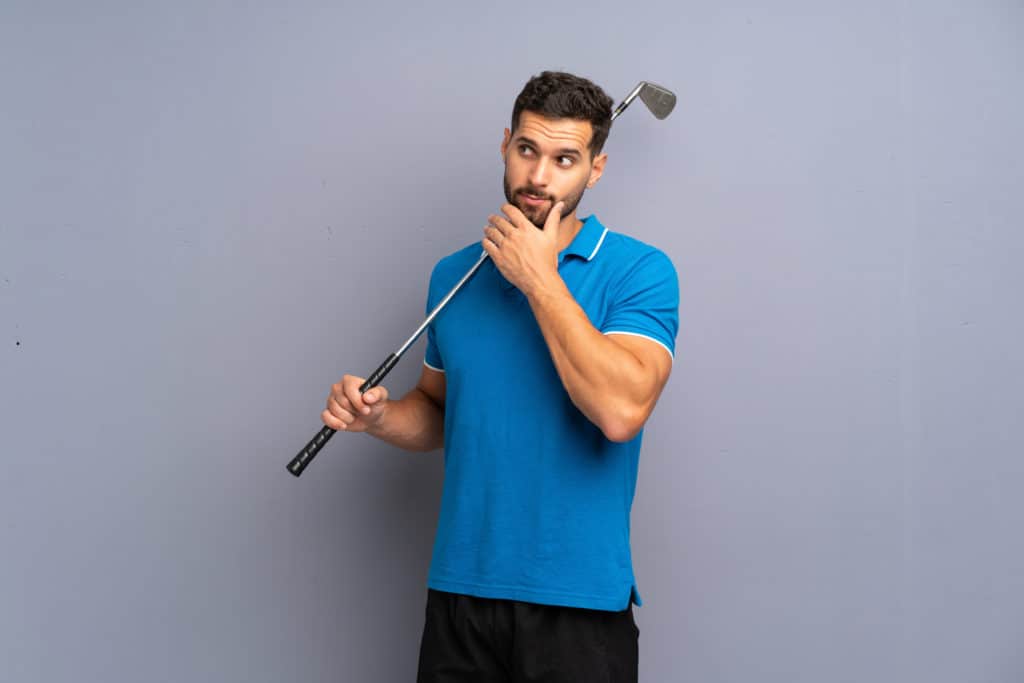
It is very normal for a beginner to get a few blisters.
The good news is that these do not usually last very long.
Once your hands get used to swinging a golf club, they will develop tough areas of your skin where the club will not do any damage.
This may take several weeks, and during this time, it is entirely acceptable to wear a golf glove when you play golf.
All beginners should consider purchasing a golf glove for their first time out to the driving range.
Golf can be an addicting game, and chances are you are going to want to hit more than just a few golf balls.
The problem with this is, when you look at your hands at the end of the practice session, you may be sorry you hit that extra bucket of balls.
Come prepared with a glove, and your first experience will be much more enjoyable.
Conclusion
By now, you should understand why golfers tape their fingers.
It is a very simple thing to do to help prevent blisters, but it can make a large difference when it comes to discomfort and pain.
Keep some tape in your golf bag, along with an extra glove and a pair of rain gloves as well.
The more prepared you are for any weather condition, the better your chances of enjoying your round of golf.
If you get a blister as a beginner, do not be worried, your golf career is far from over.
Allow that blister to heal, adequately protect the area the next time, and before you know it, your hands will be looking like a golfer’s hands.
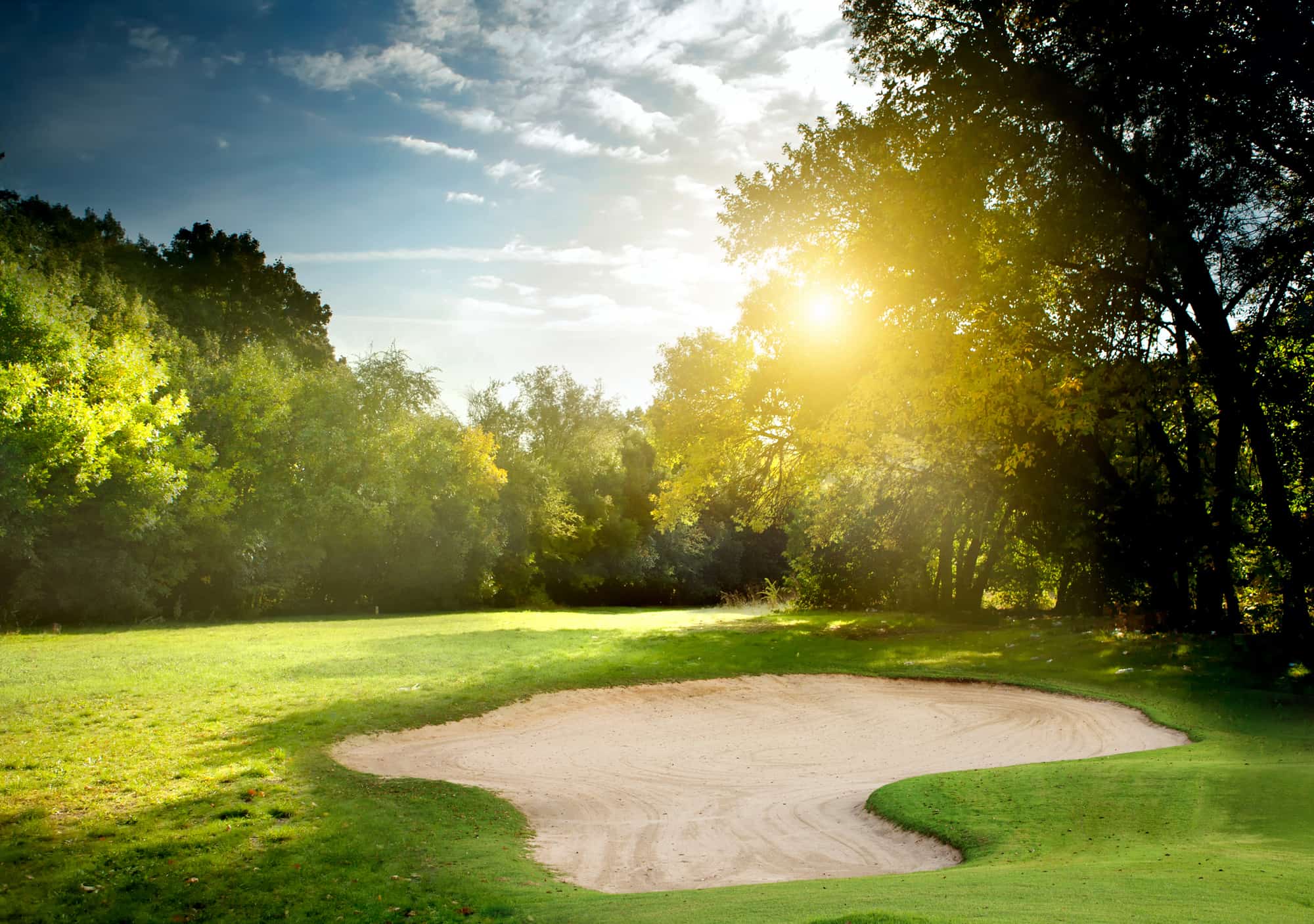
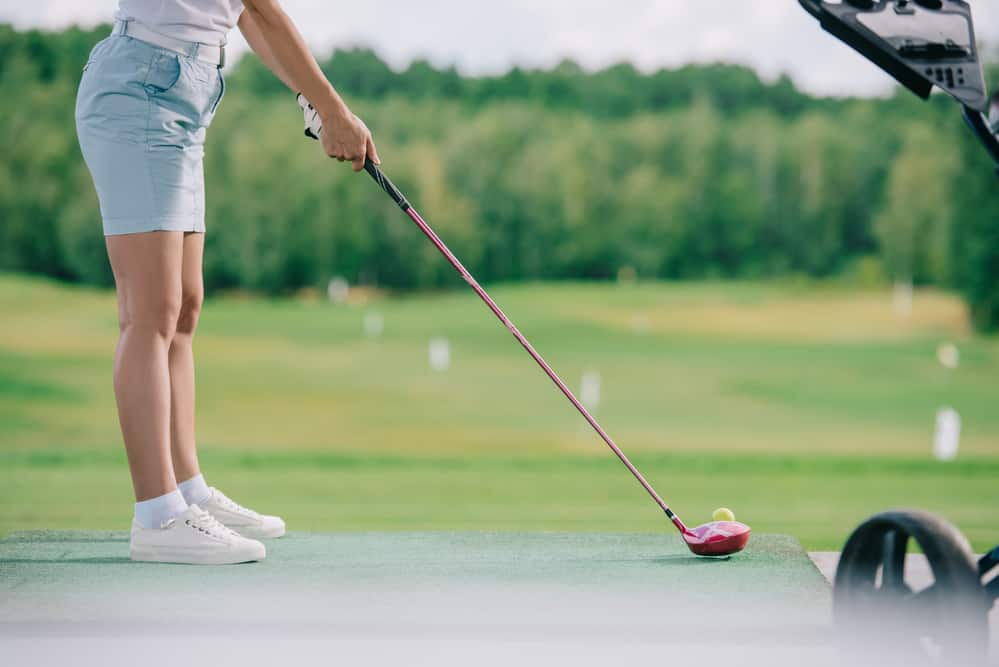
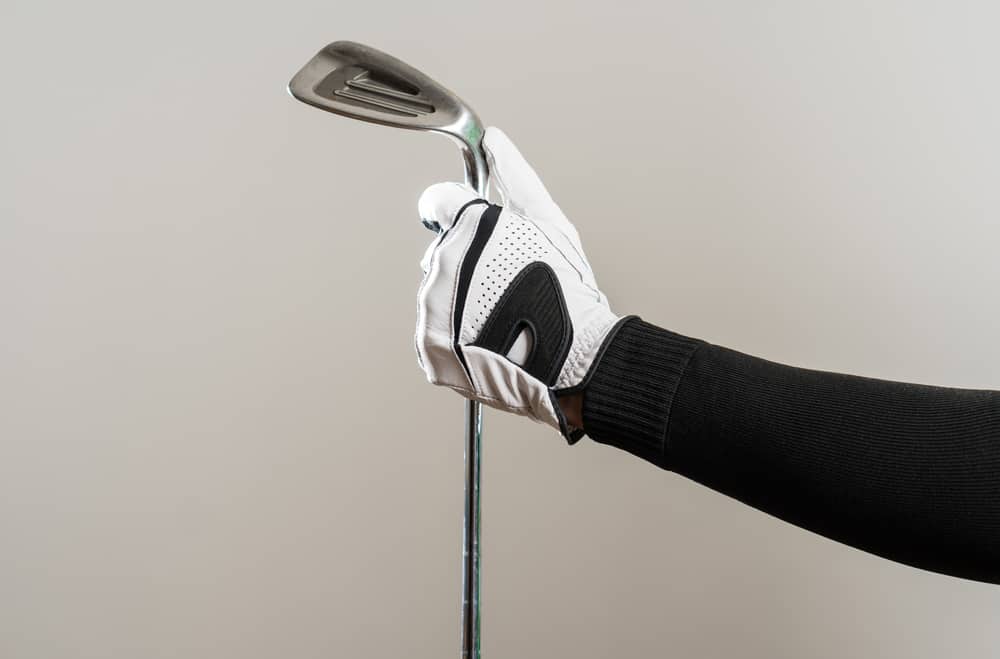
Leave a Reply